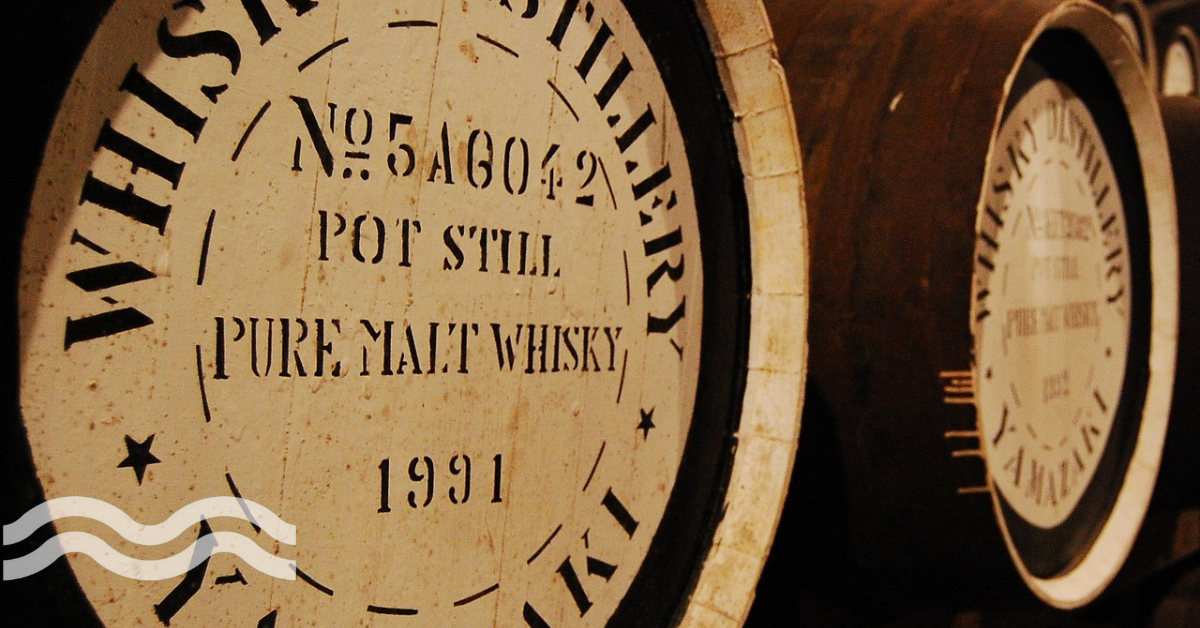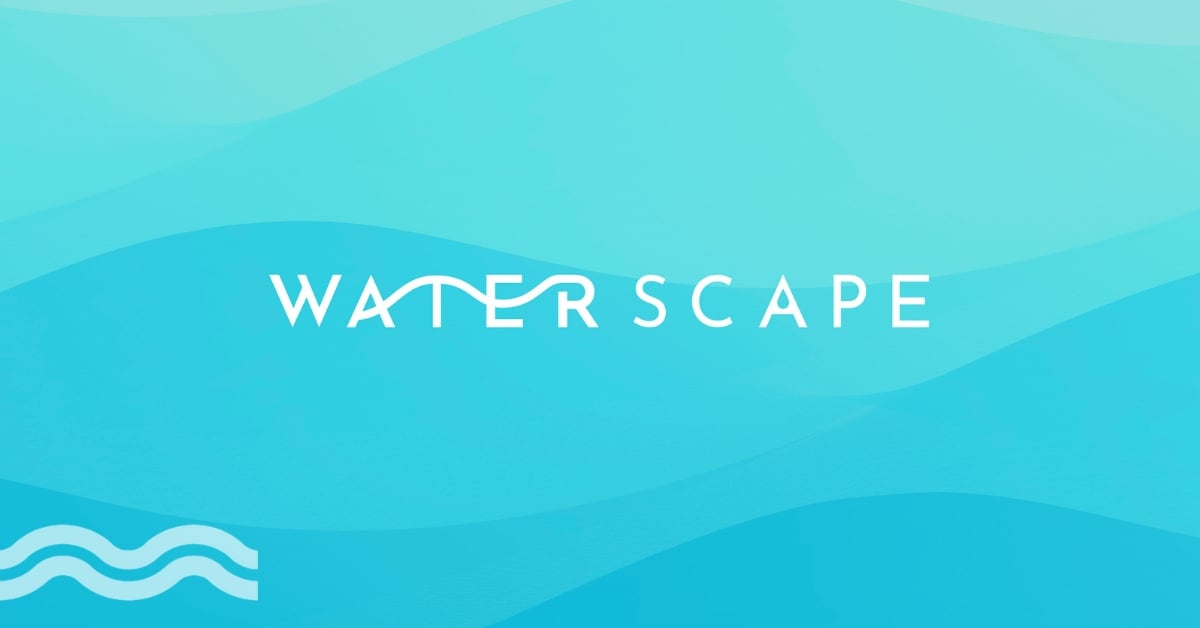Whisky power! University finds novel way using distilled water for green hydrogen

Scientists at Heriot-Watt university in Scotland have developed a way to use wastewater from the distilling industry to produce green hydrogen, a process which currently consumes enormous amounts of fresh water a year.
Distillery water - a substitute for freshwater?
The research team at Heriot-Watt university has successfully engineered a nanoscale material, specifically a particle with a diameter one in 10,000th that of a human hair, designed to enable the utilisation of distillery wastewater as a substitute for freshwater in the green hydrogen production process.
This nanoparticle, known as nickel selenide, demonstrated the ability to generate comparable or slightly higher quantities of green hydrogen when compared to results obtained using fresh water.
Removing waste materials present in water
Dr Sudhagar Pitchaimuthu, materials scientist at Heriot-Watt’s School of Engineering and Physical Sciences and heading the project, said the research focused on a simple process that removes waste materials present in the water.
“It takes 9kg of water to produce every 1kg of green hydrogen,” he said. “Meanwhile, every 0.001 m/3 of malt whisky production creates about 0.01 m/3 of residue. To help protect the planet, we need to reduce our use of freshwater and other natural resources.”
Wastewater from whisky distillation
Distilleries in Scotland alone produce an estimated 1,000 cubic meters a year of wastewater from the whisky distilling process. Globally, the distilling industry is thought to produce around one million meters a year of wastewater.
Hydrogen, a carbon-free gas produced through electrolysis using renewable energy sources like wind or solar power, offers an eco-friendly alternative to traditional fossil fuels. In the electrolysis process, water is split into hydrogen and oxygen. However, electrolysers, the devices responsible for this transformation, face challenges when dealing with wastewater due to the presence of substances that typically cause them to fail.
The green hydrogen market was worth US$755 million in 2020 and is expected to reach US$1.4 billion in 2026 at a CAGR of 13.8 per cent during this period. Developments in this market continue with the potential for global technological disruptions to play a part to help decarbonise sectors such as power, industrial, transportation, manufacturing steel and chemicals, for example.
Next steps: electrolyser prototype
The Heriot-Watt university team said its research will continue and next steps involve creating an electrolyser prototype and scaling up production of the nickel selenide nanoparticles.
Additionally, they aim to explore the distillery wastewater further to identify any other valuable materials that can be recovered in addition to hydrogen and oxygen.


